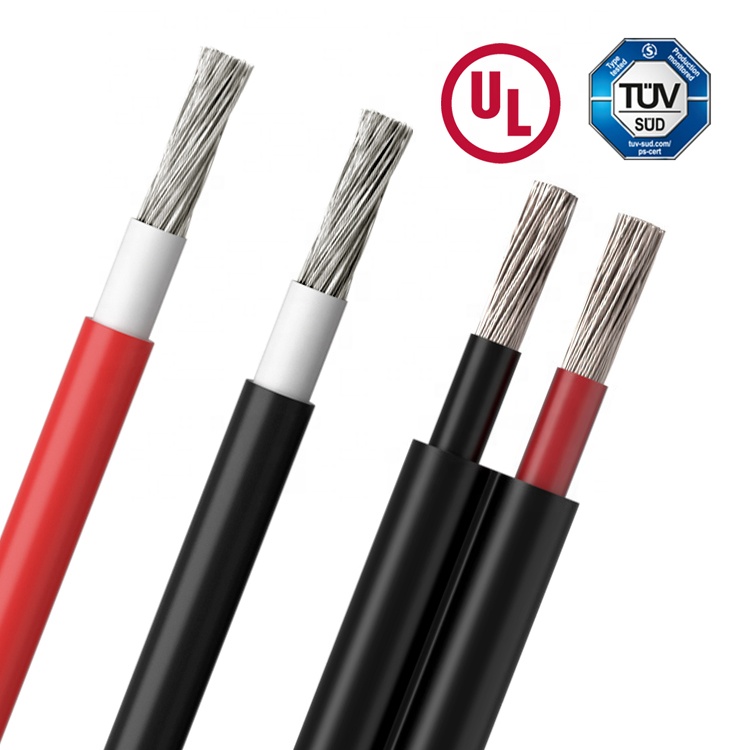 Author: Joey Wan
Author: Joey Wan  September 13,2023
September 13,2023
Solar photovoltaic applications are receiving more and more attention, and how to build an efficient and green power station and improve power generation efficiency has always been the focus of the photovoltaic industry. Usually people regard photovoltaic modules and inverters as key components of the entire system, while photovoltaic cables (photovoltaic special cable, pv1-f cables for a photovoltaic system, dc wire solar, solar ac wiring) and other connecting components are often ignored. In fact, if special cables for solar applications are not used in the selection of photovoltaic cables, the power generation and service life of the entire system will be affected.
Because photovoltaic application facilities are usually built outdoors, the materials used should be based on outdoor UV rays, ozone, severe temperature changes, and chemical attack. Using low-grade materials will cause the cable jacket to be brittle and even break down the cable insulation. Therefore, the following points should be considered in the selection and design of photovoltaic cables in photovoltaic power plants:

1. The connecting cable between the solar cell module and the module is generally directly connected using the connecting cable provided with the module junction box. If the length is not enough, a special extension cable can be used. Depending on the power of the components, this type of connecting cable has three specifications with cross-sectional areas of 2.5mm2, 4.0mm2, and 6.0mm2. This type of connecting cable uses a double-layer insulated outer sheath, which has excellent corrosion resistance against ultraviolet rays, water, ozone, acid, and salt, as well as excellent all-weather capability and wear resistance.
2. The connecting cable between the battery and the inverter is required to use multi-stranded soft wires that have passed the UL test and be connected as close as possible. Choosing short and thick cables can reduce system losses, improve efficiency, and enhance reliability.
3. The connecting cable between the battery array and the controller or DC junction box is also required to use multi-stranded flexible wires that have passed the UL test. The cross-sectional area specifications are determined according to the maximum current output of the array.
Photovoltaic cables (solar wire 10mm, wire solar panel, pv wire 4mm2) are used as transmission lines between photovoltaic components, just like the aortas in the system. During the selection process, we must first consider the insulation performance, heat resistance and flame retardant performance, aging performance and wire diameter specifications of the cable, so as to ensure the efficient operation of the photovoltaic power station.
